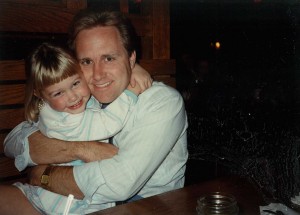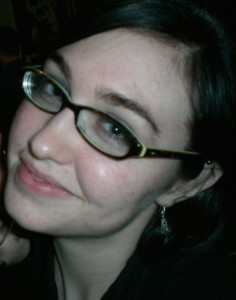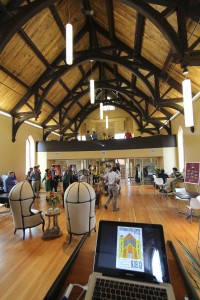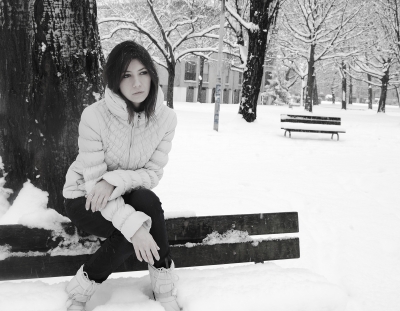
A recent study by Emily Fitzgibbons Shafer found that 50 percent of Americans feel that by law women should have to take their husbands’ last name. Shafer suggested in an interview that this is a fundamental cultural view: Women should prioritize family over themselves. Such cultural views are evident in other decisions that couples make. Consider the case of the “trailing spouse”—in which one partner follows the other, most commonly a wife follows a husband, almost as if it is part of what it means to be a wife or husband. Thing is, this can happen outside of marriage, too. Women—college women, like me, about to graduate—follow men in support of the man’s career and often at the expense of their own. There are many theories as to why this happens from gender roles to economic practicality to differences in job flexibility. But, I’m not here to talk about theory.
Instead, as a senior in college who is in a relationship, I would like to openly challenge the acceptance of this norm. I am committed to my career goals, such as publishing my own research and working on social policy and to my relationship. I simply relate more to a “backs together facing the world” model than one in which either of us feels the pressure to follow the other at the expense of our own aspirations. I am in good shape: my partner, a lovely guy also about to graduate from college, and I agree on this. Do we want to live with or near each other? Yes. But, we are also both ambitious and are aware that our careers may lead us to separate places at times. This is okay. Loving your work and loving your partner are not mutually exclusive.
Given my views, you can imagine how I felt when reading that half of Americans believe women should legally have to take a man’s last name in marriage. In a world where I feel empowered enough to say yes my relationship matters, and yes my career matters, too, it is disheartening to see the prominence of an opposing worldview. To be clear: I believe name changing is not just a quaint tradition, but also a kind of submission, that can perpetuate the cultural expectation that women should follow men. Following is not the only way to make a relationship work—and there is a lot of research on the new normal in egalitarian relationships and couples satisfaction that suggest that following might not be the best way. That is not to say that studies cannot point to how egalitarian ideals can fall down. But who wants to start out with abandoning egalitarian ideals, by following, or by name changing.
Where do I go from here? Wherever my work takes me.
Megan Peterson is a senior sociology major at Framingham State University and a Council on Contemporary Families Public Affairs and Social Media Intern.






 Hooking up is getting lots of
Hooking up is getting lots of  This is the second in a series this week from
This is the second in a series this week from 






